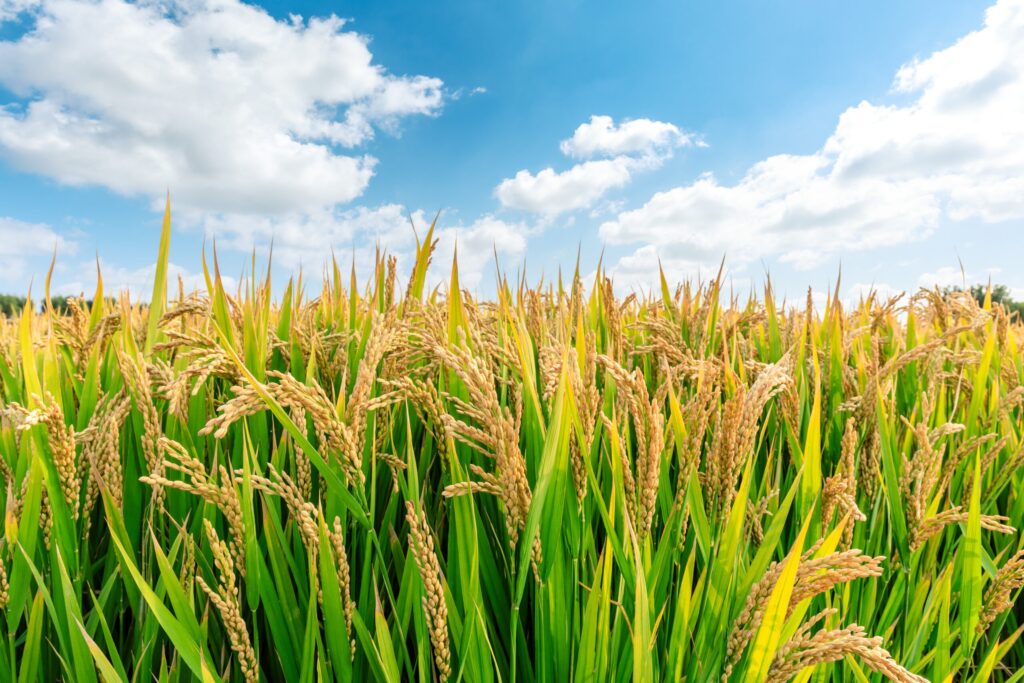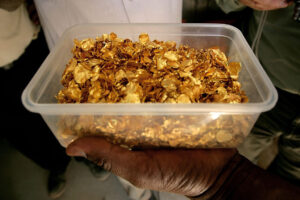Sudan’s Journey in Rice Cultivation: Progress and Setbacks

Rice is one of the world’s oldest and most important cereal grains, cultivated for over 5,000 years and serving as a staple food for more than half the global population, particularly in Asia. It exists in many varieties but is generally classified as either white or brown rice. White rice is more common but has reduced nutritional value due to processing, while brown rice retains its bran and germ, making it richer in fiber, vitamins, minerals, and antioxidants. Beyond direct consumption, rice is also processed into products such as rice flour, rice syrup, rice bran oil, and rice milk.
In Sudan, rice cultivation dates back to the 1950s, with pioneering scientific efforts supported by Japan’s International Cooperation Agency (JICA) in Um Tikal near Duweim. This experimental project demonstrated that Sudan could grow rice twice a year with high productivity, achieving yields as high as 11 tons per hectare for some varieties. Both Indica and Japonica rice strains were tested, and the Abu Qasaba basin project along the White Nile was identified as a promising area, though political and administrative issues hindered its full development.
Several experiments have since expanded rice cultivation across Sudan. Al-Shatayeb Company tested submerged and aerial varieties, including Egyptian and Basmati rice, reporting yields of 1.5–4 tons per feddan depending on the cultivation method, with organic fertilizers showing the best results. In 2022, the Soba West Agricultural Project in Khartoum harvested rice on 62 acres, achieving up to 2.5 tons per feddan for the Giza 177 variety, with expectations of higher yields for others. The Al-Fashqa region, with abundant rivers and rainfall, has also been highlighted as particularly suitable for large-scale rice farming due to rice’s high water requirements.
Nutritionally, rice provides essential carbohydrates for energy, though white rice raises blood sugar more quickly, making it less suitable for people with diabetes compared to brown rice, which has a lower glycemic index and more fiber. While white rice remains the most widely consumed type globally due to its taste, shelf life, and cooking qualities, health experts emphasize the benefits of brown rice for gut health, blood sugar management, and overall nutrition.



